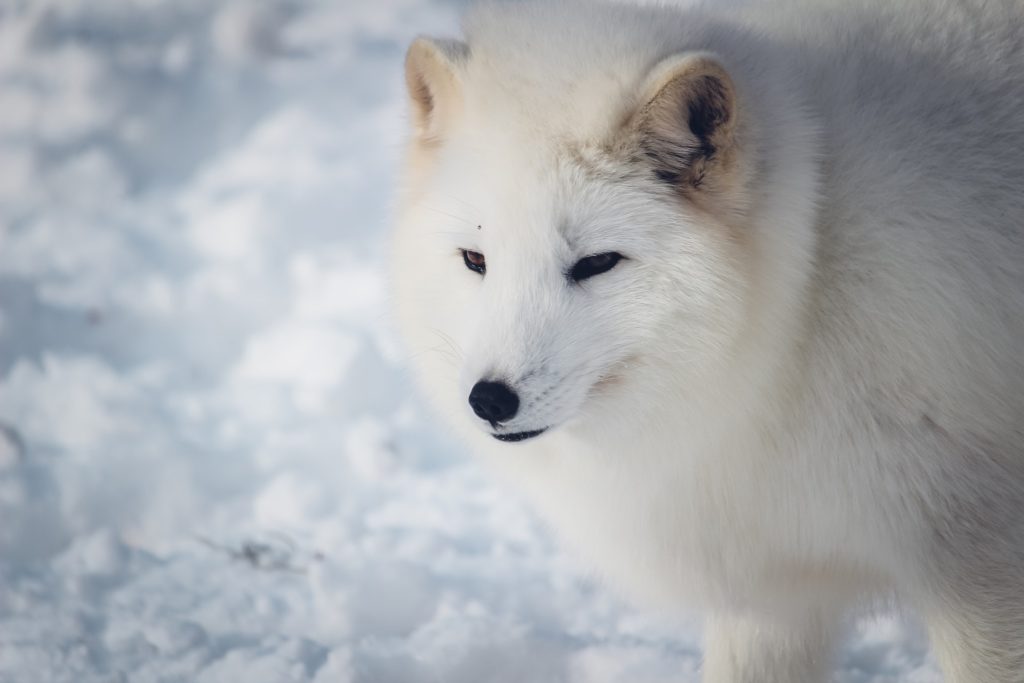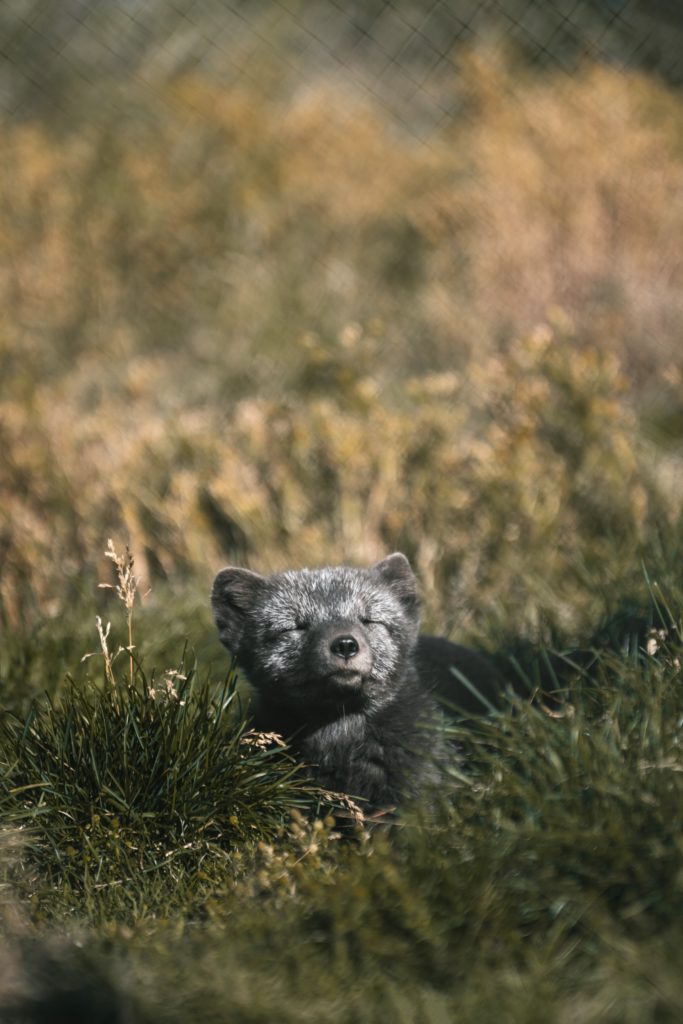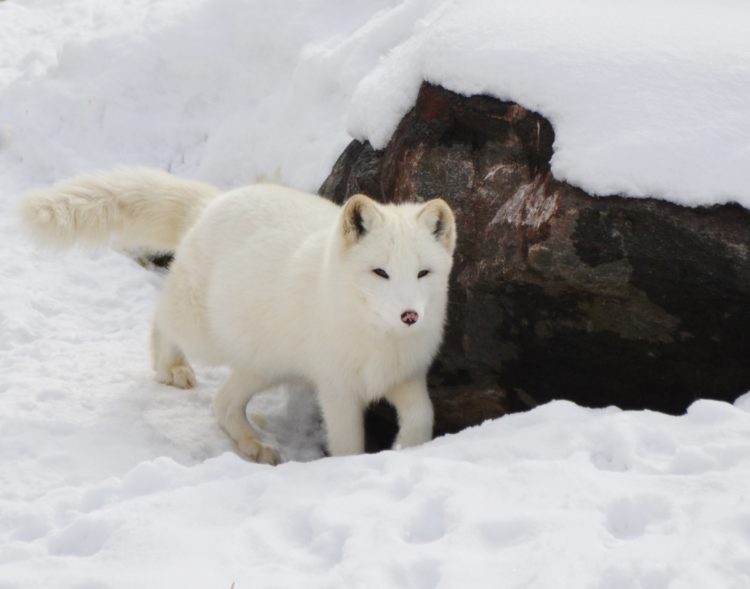I got into Arctic foxes while we were doing a Senior SMARTIES class on BIOMES. The first biome we discussed was the tundra. As our homework, we had to write about an animal and how it’s well adapted to its habitat. I chose the Arctic fox. So let’s get into it!
This is an Arctic fox. Isn’t it exquisite? Its scientific name is Vulpes Lagopus. It lives above the northern tree line in the Arctic tundra, and it has found its way to most Arctic islands, such as Iceland and Greenland. The average weight of an Arctic fox is 3 to 8 kg, and its average length, 75 to 110 cm. Arctic foxes are furry little mammals.
There are an estimated several hundred thousand Arctic foxes left in the world. Their diet is omnivorous, with their main prey being lemmings. Their diverse diet helps to sustain their numbers.
Coping with the Cold

The Arctic fox can survive freezing Arctic temperatures as low as -58 degrees Fahrenheit or -70 degrees Celsius because its pelage is dense and thick. The Arctic fox has a beautiful white (sometimes blue-gray) coat that acts as a very effective winter camouflage, as you can see above. When the seasons change, the fox’s coat changes into a brown or gray appearance that provides cover among the summer tundra’s rocks and plants, as you can see below.

The tail of an Arctic fox acts to provide extra insulation when it is needed – it can wrap its tail around it like a blanket. Arctic foxes also have a thick layer of body fat which helps keep them warm. When food is scarce, they follow polar bears who are on the hunt and scavenge what they can from the bears’ kills.
The fox’s muzzle, legs and ears are short and this helps prevent loss of heat in winter. Their short legs keep them away from cold Arctic winds.
Stealthy Hunter
Arctic foxes also have thick fur on their paws and that allows them to walk on both snow and ice – on ice, the fur creates friction and prevents slipping and on snow, it helps it hunt silently.
Another special adaptation that an Arctic fox has is its small pointy ears – they are wide, however, and that helps them hear their prey moving underground or even under snow. This gives them a great advantage.
Conclusion
I would love to see an Arctic fox in person. I believe that they are extraordinary – they might look small and delicate at a glance, but they are actually amazingly resilient!
Isa Kiyani is a 10-year-old homeschooler based in Islamabad. He is one of the pioneer SMARTIES and this is his first article for this blog.




